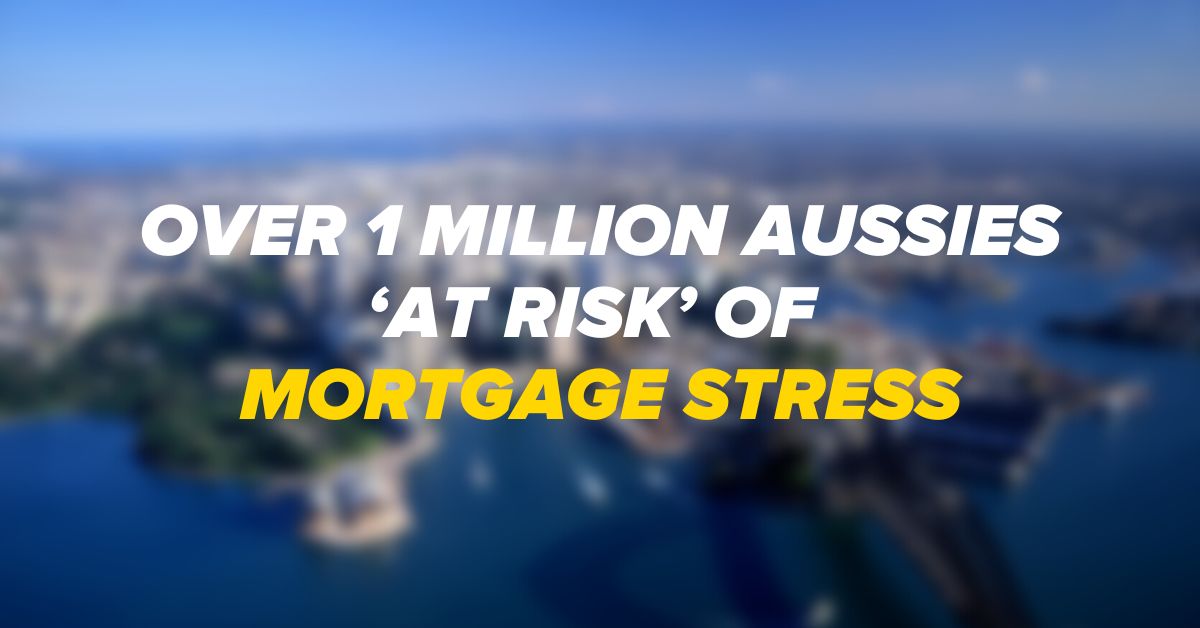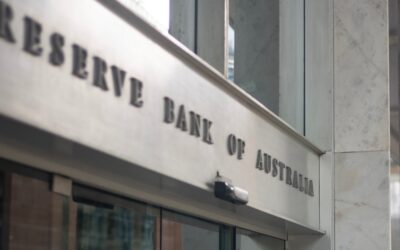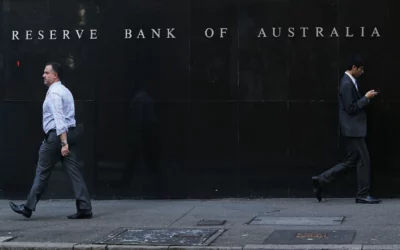In this article:

New research from Roy Morgan revealed that mortgage stress in Australia has reached its highest levels since July 2013, in the three months to December 2022.
Mortgage stress is not a universally defined term, however it is a common phrase used in Australia to describe the financial difficulty that some people encounter when they are unable to pay their mortgage or keep up with their regular payments. It can happen for a variety of reasons, including unemployment, illness, unexpected expenses or changes in interest rates. Mortgage stress can be caused by an inability to make the payments on time, or by an inability to make any payments at all.
‘Mortgage stress’ is generally considered to occur when mortgage repayments take up more than 30% of a household’s regular income.
Roy Morgan’s research revealed “estimated 1.1 million mortgage holders (23.9%) were ‘At Risk’ of ‘mortgage stress’ in the three months to December 2022. This period encompassed three interest rate increases of 0.25% taking official interest rates to 3.1% in early December – the highest official interest rates for a decade since December 2012.”[1]
Yellow Brick Road Home Loans Executive Chairman Mark Bouris said that the RBA is “well aware” of these numbers.
“‘At risk’ means that a quarter of Australian mortgage holders are spending on their mortgage on a monthly basis, somewhere between 28 and 45% of their income after tax.”
“So that’s a really important point.”
“I mean, yes, the Reserve Bank will consider it but by the way, that’s what the reserve bank wants. That’s where they want to put them. The question is: does the Reserve Bank want to put in just one more rate rise into that category, and that will probably be the last nail in the coffin that will be definitely enough to stop people (who hold a mortgage) from spending,” which is the RBA’s goal according to Bouris.
“This suits those people who have money in deposit, particularly the elderly or those people over a certain age or people who have paid their mortgage off.”
However, Roy Morgan cautioned that it’s not all ‘doom and gloom’:
“Despite the sharp increase in the level of mortgage stress during the last year the overall number remains well below the high reached during the Global Financial Crisis in early 2009 of 35.6%.”
See all of Mark’s analysis, including the latest news about property prices declines, by clicking the video above.
It’s best to take action if you have any concerns about your current mortgage. Reach out to your lender or qualified mortgage broker to better understand if there are opportunities for assistance.
[1] Mortgage holders are considered ‘At Risk’ if their mortgage repayments are greater than a certain percentage of household income – depending on income and spending. “At Risk” is based on those paying more than a certain proportion of their after-tax household income (25% to 45% depending on income and spending) into their home loan, based on the appropriate Standard Variable Rate reported by the RBA and the amount they initially borrowed.
However, Roy Morgan cautioned that it’s not all ‘doom and gloom’:
“Despite the sharp increase in the level of mortgage stress during the last year the overall number remains well below the high reached during the Global Financial Crisis in early 2009 of 35.6%.”
See all of Mark’s analysis, including the latest news about property prices declines, by clicking the video above.
It’s best to take action if you have any concerns about your current mortgage. Reach out to your lender or qualified mortgage broker to better understand if there are opportunities for assistance.



